 House Democrats have talked openly about bringing back earmarks at the start of the 116th Congress, and it’s great news. Earmarks—individual provisions inserted into legislation (most often) spending bills to direct benefits for specific projects in specific places—have long been a vilified legislative practice that Republicans effectively banned them at the start of the 112th Congress in 2011. But the new Democratic House is advocating for earmark reform, and we may see Congress move down that path starting in January.
House Democrats have talked openly about bringing back earmarks at the start of the 116th Congress, and it’s great news. Earmarks—individual provisions inserted into legislation (most often) spending bills to direct benefits for specific projects in specific places—have long been a vilified legislative practice that Republicans effectively banned them at the start of the 112th Congress in 2011. But the new Democratic House is advocating for earmark reform, and we may see Congress move down that path starting in January.
Earmarks: What are Democrats talking about?
For years, Democrats have sought to return to the practice of earmarking. Incoming House Majority Leader Steny Hoyer (D-Md.) has largely led this effort on the House side arguing that earmarking is based in Congress’s constitutional duties to make spending decisions for the United States and to represent sub-constituencies (states and congressional districts). Hoyer also argues earmarking can be safeguarded, and it serves an important purpose. During the fall of 2018, as Democrats’ chances of re-taking control of the House continued to improve, the conversation became more serious. The effort picked up additional, significant support in September when Sen. Patrick Leahy (D-Vt.), Vice Chair of the Senate Appropriations Committee, endorsed the practice, and even conservative Republican and Senate Appropriations Chairman, Richard Shelby (Ala.) suggested he could support a form of earmarking.
Since Election Day, the conversations about returning to Congressional earmarking have grown more serious. In addition to Hoyer, incoming House Majority Whip Jim Clyburn (D-S.C.) has argued in favor of their return. The incoming chair of the committee most critical for earmarking—House Appropriations—Nita Lowey (D-N.Y.) has also made earmarking a key pledge as part of her leadership. Hoyer hopes to find additional bipartisan, bicameral support for a reformed process, by which legislators can identify important projects that need funding in their district and get those projects funded. However, Democrats do not want to return to an era of earmarking in which corruption flourished, members of Congress went to jail over their behaviors, and the legislative branch was criticized heavily for using the practice for graft, rather than for the public interest. Democrats want to (re-)institute a reformed earmarking system.
Earmarks reformed
When Democrats took control of both houses of Congress after the 2006 midterms, they opted not to overreact to the earmarks scandals of the mid-2000s. Instead, they sought to begin to reform the practice. Between 2007-9 They introduced significant transparency to the process, including a requirement that members attach their name to requests and to specific line items (both of which would be made public). Members also had to certify publicly that they had no financial interest in a request, and they limited earmarks to nonprofit recipients or for public sector projects.
The goal of such disclosure was to dis-incentivize corrupt behavior in earmarking and to enable voters and congressional ethics committees to hold members to account if they deviated from the rules or lied. Because ‘sunlight is the best disinfectant’ there was an expectation that such disclosure requirements would also reduce the amount of earmarking that occurs—reserving requests for the more important, meaningful, and publicly defensible projects.
These same reform elements are back, as members of Congress discuss how to reinstate earmarks in the 116th Congress. Some Republicans, like Sen. Shelby, openly support earmarking, but are demanding a reformed, transparent system. That type of accountability is critical, and if Congress does opt to return to a system with earmarks, it should introduce as many safeguards as possible and regularly review those safeguards to make sure that members have not found loopholes that can be exploited. Congress should also charge the General Accountability Office to prepare a publicly-released annual report that profiles earmarking behavior at the congressional district and state levels, and that also assesses the failure or success of transparency safeguards in keeping the practice free of corruption.
Reasserting congressional power
Leader Hoyer’s defense of congressional earmarks is steeped in the Constitution, arguing that Congress’s enumerated spending powers in Article I grant it not just the power, but the responsibility to deliver funding to both national and local priorities and needs. Earmarking is not simply an issue of power within Congress; it is an issue of power across the branches.
As I note in my 2014 book Presidential Pork: White House Influence over the Distribution of Federal Grants, the removal of congressional earmarking does not make earmarking going away. It simply transfers that power and that practice from the legislative branch to the executive branch. Presidents—and their appointees—engage in pork-barrel politicking (earmarking) in the same way Congress does. Reforming the process in Congress by curtailing the practice of earmarking simply shifts that power more explicitly to a president and a cadre of unelected bureaucrats in government. Eliminating earmarking is a serious abdication of power by Congress which empowers a branch of government beyond what the Founders intended.
Even Leader Hoyer’s efforts explicitly acknowledge this point, arguing that Congress is the branch best equipped to understand funding needs. In testimony to the Joint Select Committee on Budget and Appropriations Process Reform in June 2018, Mr. Hoyer noted, “Members of Congress know their districts better than anyone at federal agencies and better than the Appropriations Committee as a whole.” He is correct. Banning congressional earmarking means that decisions over certain types of funding are made by bureaucrats and appointees or pushes congressional influence to the shadows or informal communications with agencies an appointees. And while the sheer size of the federal budget and the number of individual funding programs means that executive branch officials will make many such decisions in any arrangement, the earmark ban further removes legislators from those decisions. Many Americans are likely to prefer that their own House member or senator provide input over what a district or state needs than rely on unelected bureaucrats or political appointees to make such choices.
In the 116th Congress, legislators have an opportunity to reassert their Article I power. As my colleague Elaine Kamarck notes elsewhere on this blog, in 2019 Democrats and Republicans may come together to wrangle power from the executive branch in the context of foreign policy matters. Earmarking is an opportunity to do the same in the realm of domestic policy.
This should not be seen as a fight between a Democratic Congress and President Donald Trump, a Republican. (In fact, President Trump has expressed interest in reinstating earmarking in Congress.) During the fight over the earmark ban in 2010-11, some conservative Republicans painted their opposition to the ban as opposition to the transfer of power to a Democratic president. They were half right. Sen. James Inhofe (R-Okla.) stated on the floor of the Senate, “Article I, Section 9 says, clearly, we are the ones who are supposed to make these spending determinations in Congress. Now there are a lot of spending determinations that are made that I bitterly oppose. But if you saying that you end all—they call them ‘earmarks’…then that means all that is going to be done by Barack Obama and the White House. It will go to the Executive.”
Although Sen. Inhofe implored his colleagues to oppose the earmark ban because it would give President Obama too much power, his concern should have rested with the transfer of his own power to any president. The return to earmarking should be seen as a constitutional reassertion of power by the first branch of government. The 116th Congress may reclaim that authority. And it should.
The Brookings Institution is committed to quality, independence, and impact.
We are supported by a diverse array of funders. In line with our values and policies, each Brookings publication represents the sole views of its author(s).

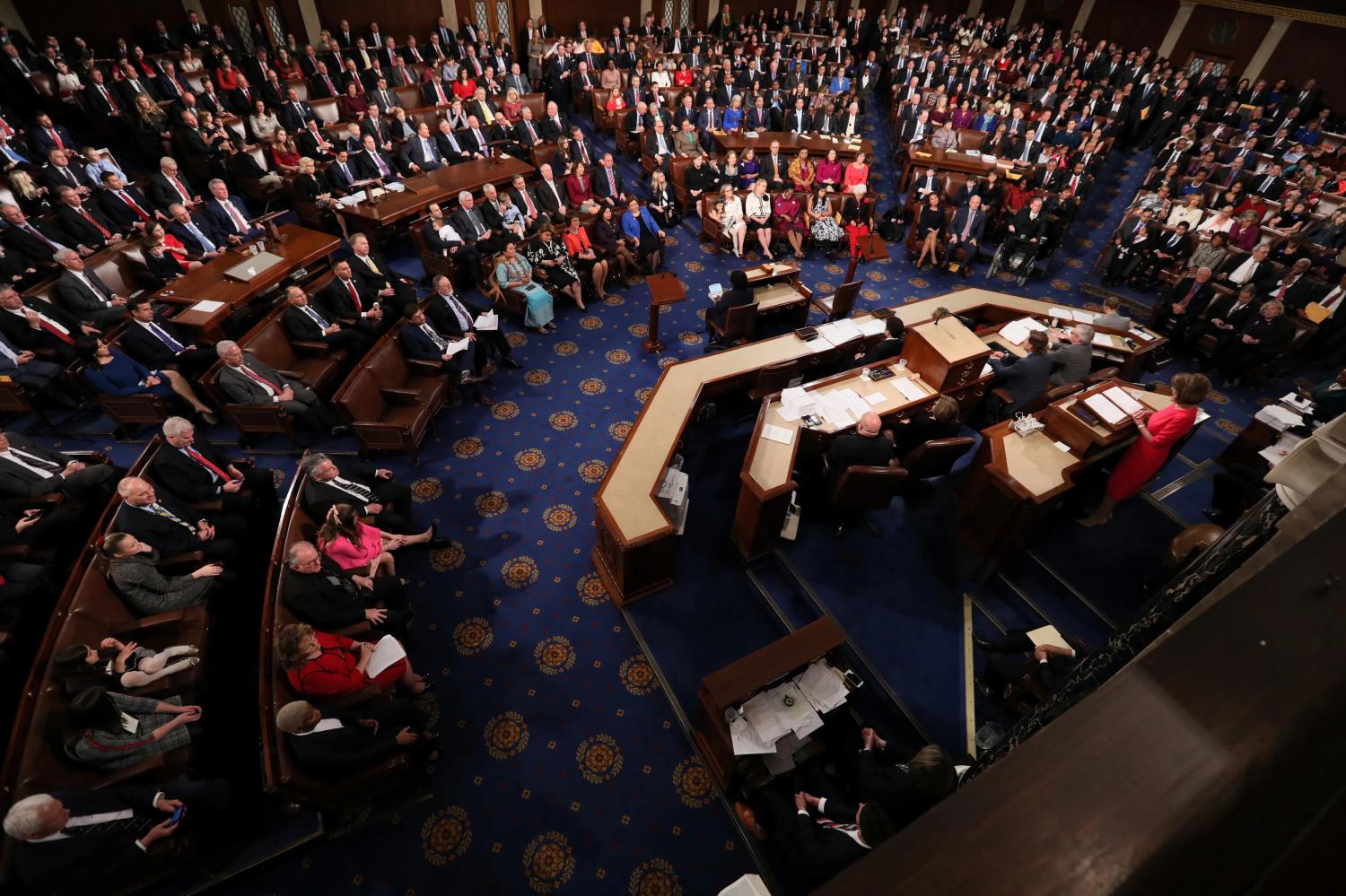
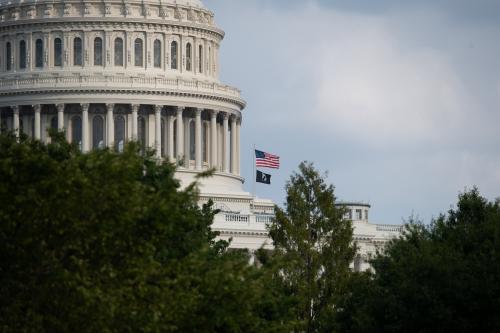
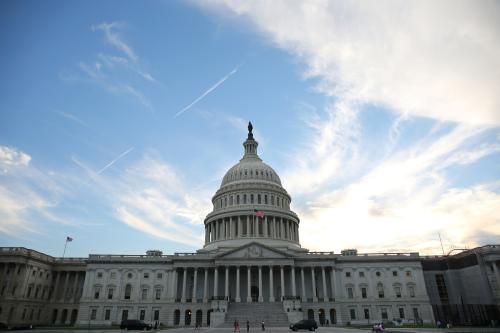
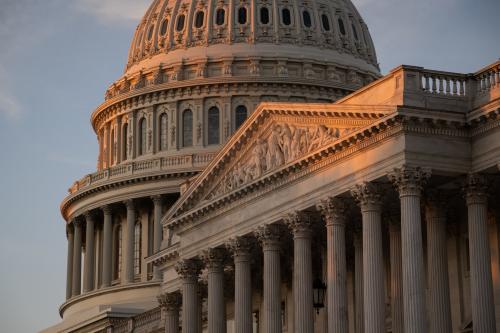




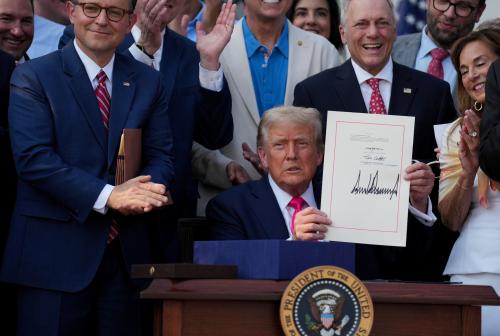
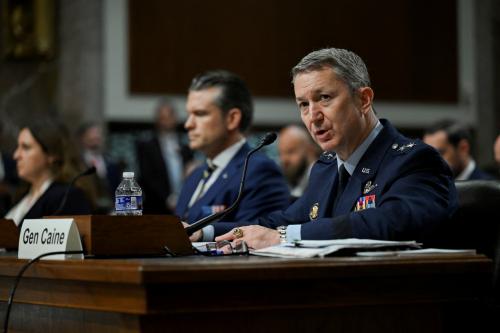

Commentary
Congress in 2019: Why the first branch should bring back earmarks
December 27, 2018